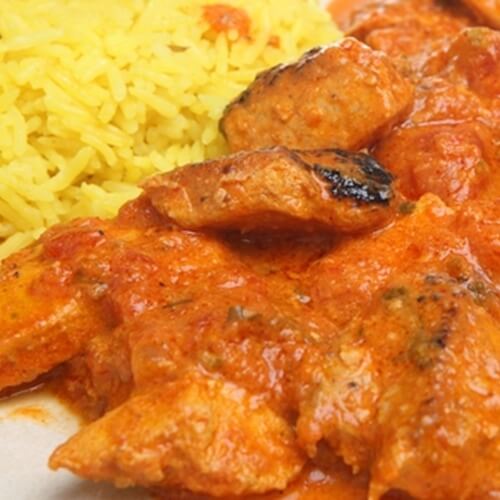Indian Spices 101

Indian food is some of the most inventive, complex and healthy cuisine you can find. It’s also known for utilizing a vast array of exotic spices, some hot, some mild. Many of these spices are aromatic – if you’re a culinary academy student who’s ever been to an Indian restaurant before, you know that these spices are strong and have very distinct characteristics.
In fact, over the centuries, some these spices have even been used for medicinal purposes. While some might already be in your pantry (cumin, cinnamon, paprika), others are truly one-of-a-kind. If you are looking to try your hand at Indian cuisine as part of your training in online culinary school, read below about some of the most commonly used spices:
1. Coriander: Coriander powder is made from the dried seeds of fresh cilantro plants. This ingredient is known for a nutty, earthy flavor, and the seeds are usually roasted before cooking to bring the aroma into the dish. According to The Recipe Blog, you might want to skip buying store-bought coriander powder and grind the seeds on your own, as a lot of the flavor from the seeds will lose its luster over time in powder form.
2. Cardamom: These seeds are used in garam masala spice mixes (a common item found in several curries) and come from pods that hold several black seeds inside. Depending on the recipe, these seeds are either ground or cooked whole, and can be found in a wide variety of dishes, including rice, meat and desserts.
3. Mustard seeds: In most curries, one of the first things you will do is toast mustard seeds. There are dozens of mustard seed varieties, but the most common used in Indian cooking are black, white and brown mustard seeds. In most cases, they are sauteed in hot oil, then used to make many different types of curry paste. In addition to curries, mustard seeds are also used for pickling in northern regions of India.
4. Dried hot peppers: Though not technically a spice in pepper form, these peppers are typically dried and then ground into a powder to add kick and flavor to hot Indian dishes. The types of peppers that are used can vary depending on the spice level needed for the dish, but one of the most common is cayenne.
5. Turmeric: This yellow-colored spice is fragrant and very flavorful – once it’s in your spice cabinet, you’ll be able to see (and smell) it quickly. In a lot of Indian rice dishes, turmeric is added to enhance the basmati. However, turmeric is also added to soups and curries, and is known for its health benefits.
In addition to knowing more about the these spices, you might also want to invest in a quality spice grinder. Making powders for curries and other dishes at the start of your cooking sessions will make all of the difference in terms of flavor.


